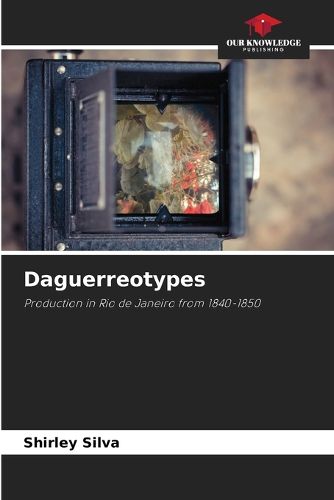Readings Newsletter
Become a Readings Member to make your shopping experience even easier.
Sign in or sign up for free!
You’re not far away from qualifying for FREE standard shipping within Australia
You’ve qualified for FREE standard shipping within Australia
The cart is loading…






The aim of this research is to identify and analyse the specificities of daguerreotype production in Rio de Janeiro between 1840 and 1850. The daguerreotype was the first photographic process recognised and patented by the French government in August 1839. In Brazil, it was presented in January 1840 by Abbot Louis Compte in the city of Rio de Janeiro in the presence of the future Emperor Pedro II. To carry out this research, we used as documents the adverts of daguerreotypists in the newspapers of the period circulating in the court and the manual on how to produce daguerreotypes. Based on the information contained in the advertisements, we established categories in order to systematise the data. In this way, it was possible to compare the general information on daguerreotype production and the particularities presented by the photographers, relating the data and making it possible to map the process of knowledge in this period.
$9.00 standard shipping within Australia
FREE standard shipping within Australia for orders over $100.00
Express & International shipping calculated at checkout
The aim of this research is to identify and analyse the specificities of daguerreotype production in Rio de Janeiro between 1840 and 1850. The daguerreotype was the first photographic process recognised and patented by the French government in August 1839. In Brazil, it was presented in January 1840 by Abbot Louis Compte in the city of Rio de Janeiro in the presence of the future Emperor Pedro II. To carry out this research, we used as documents the adverts of daguerreotypists in the newspapers of the period circulating in the court and the manual on how to produce daguerreotypes. Based on the information contained in the advertisements, we established categories in order to systematise the data. In this way, it was possible to compare the general information on daguerreotype production and the particularities presented by the photographers, relating the data and making it possible to map the process of knowledge in this period.